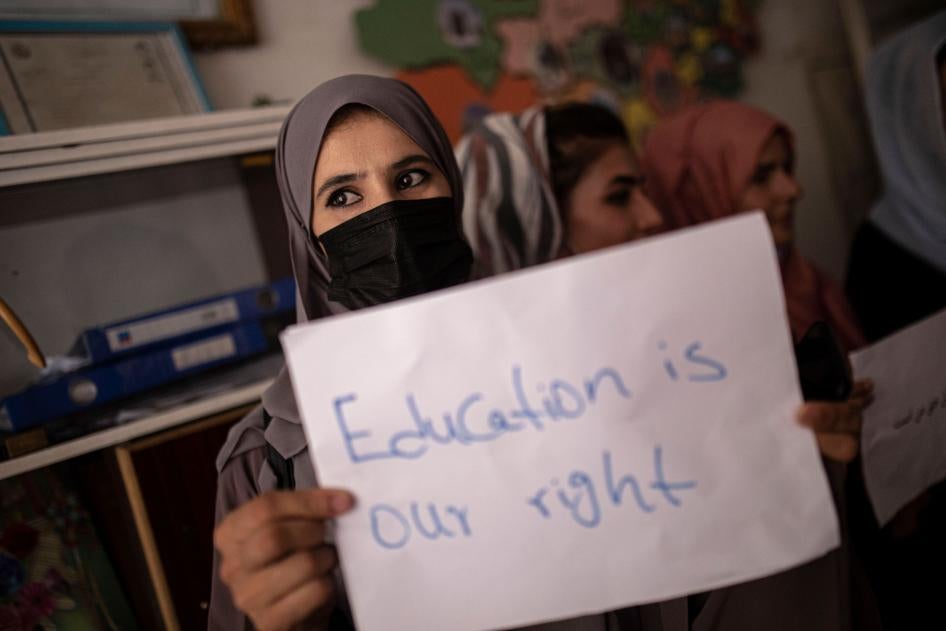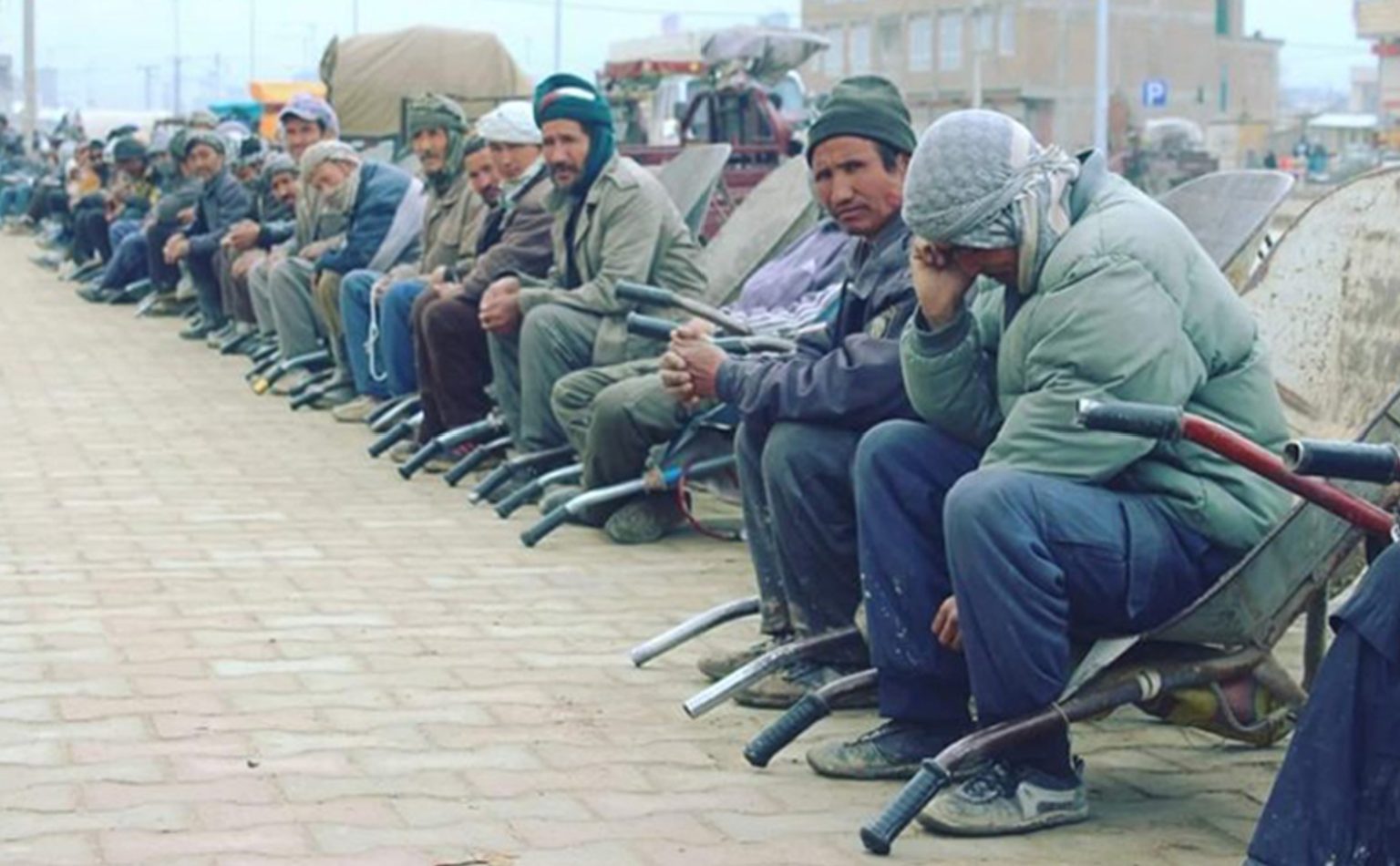
Education in Afghanistan
Ahmad Reshad Adib
Published on May 17, 2025
Overview of Education in Afghanistan
Afghanistan's education system has experienced dramatic shifts over the past several decades, shaped by conflict, political upheaval, and evolving social norms. While significant progress was made after 2001, especially in expanding access for girls, recent years have seen a sharp reversal in these gains, particularly following the Taliban's return to power in August 2021.
Historical Context and Progress
Pre-2001: Under Taliban rule from 1996 to 2001, girls and women were banned from all forms of formal education, and female teachers were not allowed to work. Many girls were educated secretly at home or in underground schools.
Post-2001 Reconstruction: After the fall of the Taliban, Afghanistan's education sector saw rapid expansion. By 2017, school enrollment rose from under one million (almost all boys) in 2001 to over nine million, with girls making up nearly 39% of students. Universities reopened to women, and new curricula were developed to include a broad range of subjects beyond religious studies.
Current Structure and Challenges
Education System: Afghanistan's formal structure is 6-3-3: six years of primary, three years of lower secondary, and three years of upper secondary education. Nine years of education are compulsory by law, and public education is constitutionally free through the bachelor's level.
Literacy Rates: As of recent data, youth literacy (ages 15-24) stands at 47%, with a stark gender gap: 61.9% for males and only 29.9% for females. Fewer than 20% of women aged 15-49 are literate.
Barriers: The sector faces chronic issues such as insecurity, corruption, weak governance, poor infrastructure, and a shortage of trained teachers, particularly in rural areas. These problems have long hampered access and quality, even before the Taliban's return.
Impact of Taliban Rule Since 2021
Girls' and Women's Education: Since August 2021, the Taliban have imposed sweeping restrictions: Girls are barred from secondary education (grades 7-12), and since December 2022, women have been banned from universities. As of 2025, Afghanistan is the only country in the world where girls cannot attend school beyond the primary level. At least 1.5 million girls and women are out of school.

